When the Romans arrived in northeast Spain, they found a well-organised group of tribes living in what is now Catalonia, Valencia, Castilla-La Mancha, Murcia and Andalucia. They were the Iberians, so named by the Greeks with whom they traded, and they lived in fortified settlements that the Romans called ‘oppidum’. We still use that name today.
Whether the Iberians, like the Tartessians, existed as an identifiable people is open to dispute. Both became part of the post-Franco dictatorship (ended 1975) search for regional identity which led to demands that artefacts displayed in national museums be returned to their region of origin; for example, both Elche (Valencia) and Baza (Granada) respectively reclaim their Iberian damas presently displayed at the Museo Arqueológico Nacional in Madrid. It is a fascinating story of how we attempt to make the past fit ideas of nationhood at particular times.
For the following set of articles, ‘Iberians in Andalucia’ we will be taking the view that the Iberians were the indigenous people of Andalucia who had lived here since Neolithic times. They were influenced by traders from the eastern Mediterranean, particularly the Greeks. Their ancestors were the people of the El Argar culture that had regressed to a scattered agricultural society around 1550 BC.
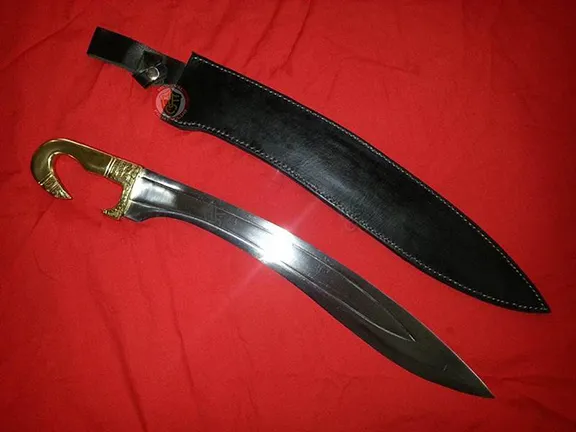 The Iberians created the first states in Andalucia. They are recognised for their large stone statues of animals, their oppidums ... >>>
The Iberians created the first states in Andalucia. They are recognised for their large stone statues of animals, their oppidums ... >>>
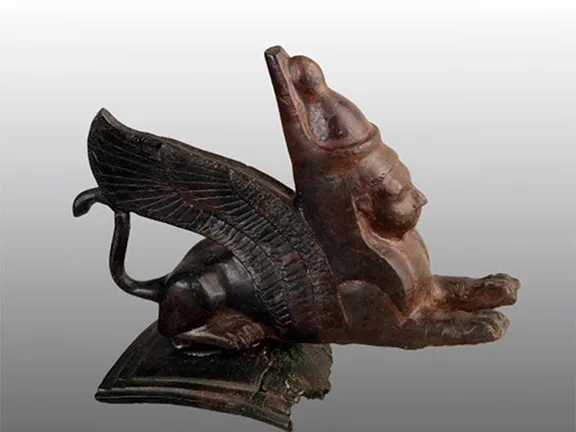 The Ibero-Roman oppidum of Castulo near Linares in Jaen province, Andalucia, Spain was one of the major Iberian cities in the Ibe ... >>>
The Ibero-Roman oppidum of Castulo near Linares in Jaen province, Andalucia, Spain was one of the major Iberian cities in the Ibe ... >>>
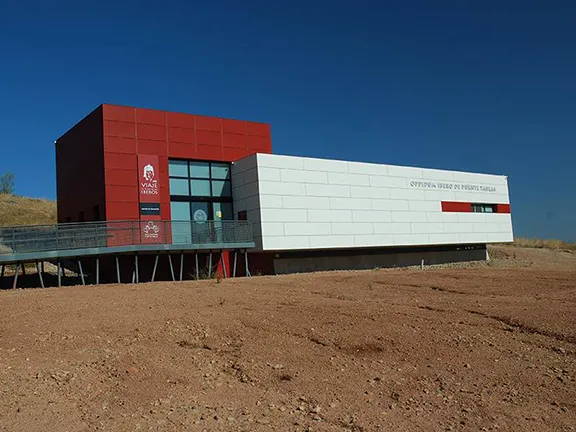 Puente Tablas is an Iberian oppidum near Jaen dating to the 6th century BC ... >>>
Puente Tablas is an Iberian oppidum near Jaen dating to the 6th century BC ... >>>
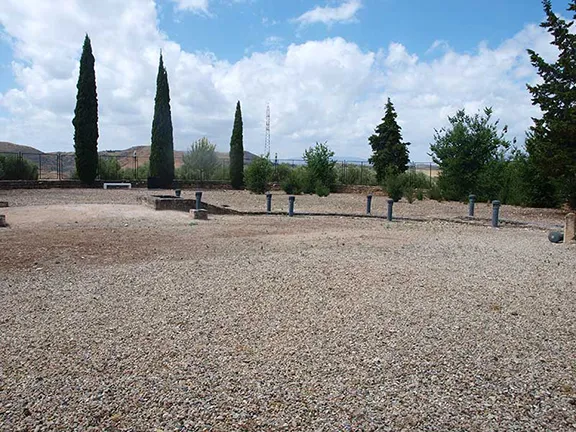 Toya is an Iberian burial chamber in the municipailty of Peal de Becerro in Jaen province Andalucia Spain ... >>>
Toya is an Iberian burial chamber in the municipailty of Peal de Becerro in Jaen province Andalucia Spain ... >>>
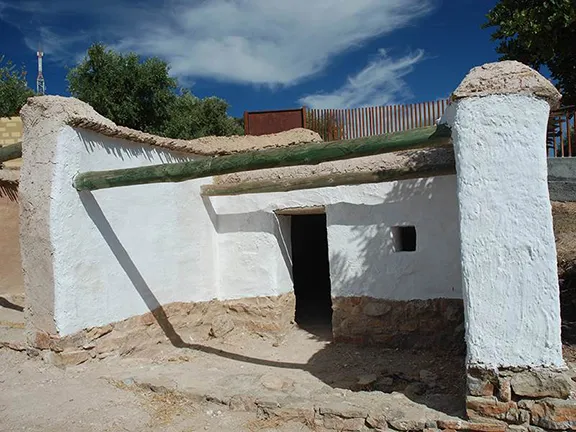 Cerro de la Cruz is an Iberian settlement in Almedinilla, Cordoba province, Andalucia occupied between the 3rd and 2nd centuries ... >>>
Cerro de la Cruz is an Iberian settlement in Almedinilla, Cordoba province, Andalucia occupied between the 3rd and 2nd centuries ... >>>
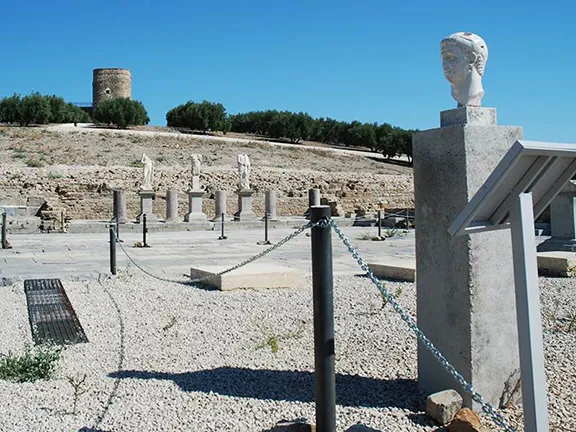 Torreparedones Archaeological Park, near Baena in Cordoba province is one of the best preserved Ibero-Roman settlements in Spain. ... >>>
Torreparedones Archaeological Park, near Baena in Cordoba province is one of the best preserved Ibero-Roman settlements in Spain. ... >>>